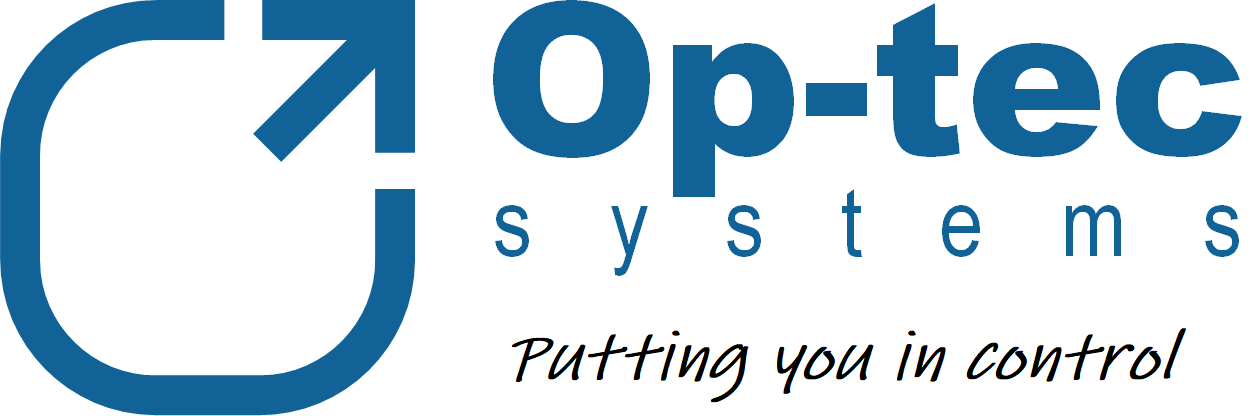There is much debate on the efficacy of heat pumps for domestic heating, but heat pumps alone are not the answer. There are a number of technologies in the heat transfer, energy storage and electricity supply industries that need to be integrated, and done successfully, the whole will be greater than the sum of the parts.
In an attempt to add light as well as heat to the discussion we must consider the heat pump paradox: When you need it most it gives you least. And to make sure it gives you enough in the worst case scenario, you have to over-size it.
The worst case scenario would be an air source heat pump operating in the depths of winter. Being expected to produce viable domestic hot water and heat a dwelling simultaneously really is scraping the bottom of the cost-efficiency barrel and should be considered as the desperate last resort. It will work, but the plant will be uneconomically oversized, it will be working at the limits of its envelope, there will be frequent periods without heat due to defrosts, efficiency will be at its lowest and the demand for, and hence the price of, electricity will be at its highest. This is what the heat-pump user remembers long after the glossy advertising brochures have been recycled.
The air-source heat pump needs some help. Consider adding alternative resources, such as a borehole to transfer heat from deep beneath the ground. If the ground can offer a higher grade source of heat than ambient air, then it would make sense to use that as the preferred heat source. The challenge then is that as surely as digging coal out, or pumping oil out of the ground, the energy source viability will be depleted gradually unless you have the luxury of local volcanic activity, which can bring its own problems. You still have the issue of high electricity price, but the plant could be more economically sized, and efficiency for at least the first year will far exceed what air source could achieve.
In summer, domestic hot water is the dominant but lesser heating demand, air temperature is high, sun is shining on the photo-voltaic panels, fresh breezes are spinning the turbines, and on the smart grid electricity demand and hence the price, is low.
Back to the heat pump paradox: When you need it least it gives you most. And if a heat pump is sized for winter operation then it will give you far more than you actually need in summer. The excess capacity can be used to replace the heat extracted from the ground during winter whilst providing the benefit of comfort cooling, and this can be done while electricity is plentiful and cheap and the air heat source is good, so the ground can now used as an efficient heat sink to store cheap energy when the heat pump efficiency and cost-effectiveness is at its best. Summer is the perfect opportunity to deposit heat into the energy bank surrounding the borehole, for use later, in winter.
Dual source, dual sink heat pump technology is well proven in hundreds of commercial and retail premises throughout the land, and the principles hold good to fulfil a domestic role.
Smart Grid technology is also well proven and can feed electricity price and availability data into controllers equipped with the intelligence to use it.
Knowledge is having information. Wisdom is knowing how to use knowledge.
The logical steps would be the combination of the air source heat pump with its ground resource counterpart, capitalising on the best efficiencies at the best times as identified by smart grid pricing, to maximise heat transfer and minimise expenditure on electricity.
Integrating an intelligent controller that can measure and record the heat transfer from air-resource to load, or air-resource to ground-resource, or ground-resource to load, and learn to optimise the energy usage, would enable selection of the most appropriate operating mode to maximise the overall annual efficiency of not merely an intelligent heat pump installation, but wise heat pump operation.
